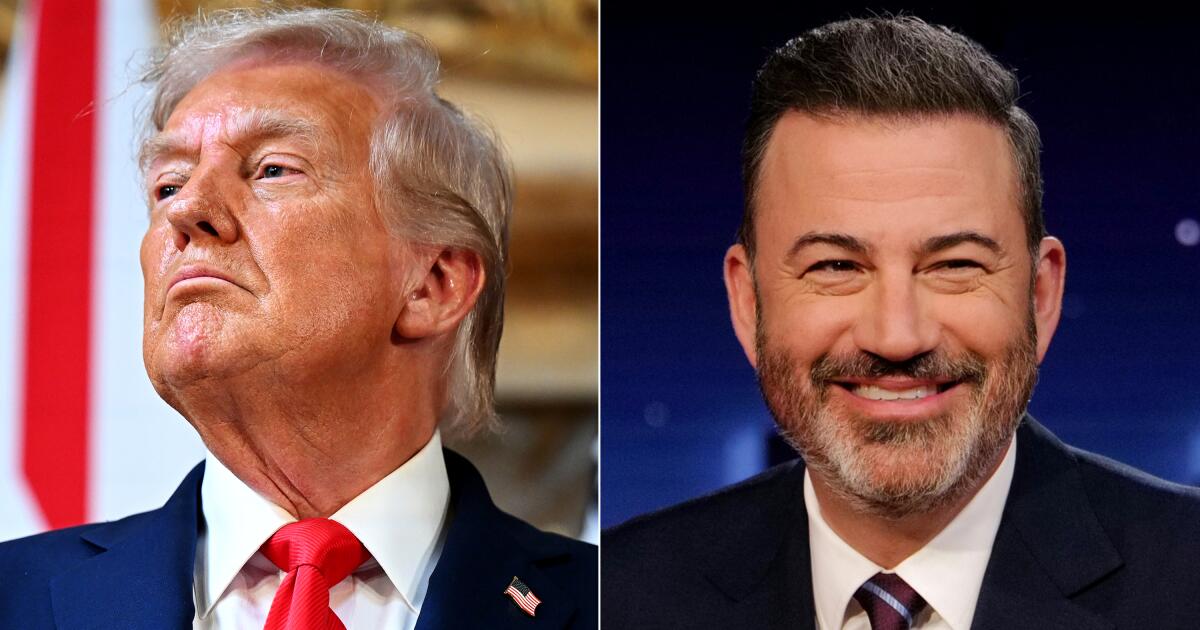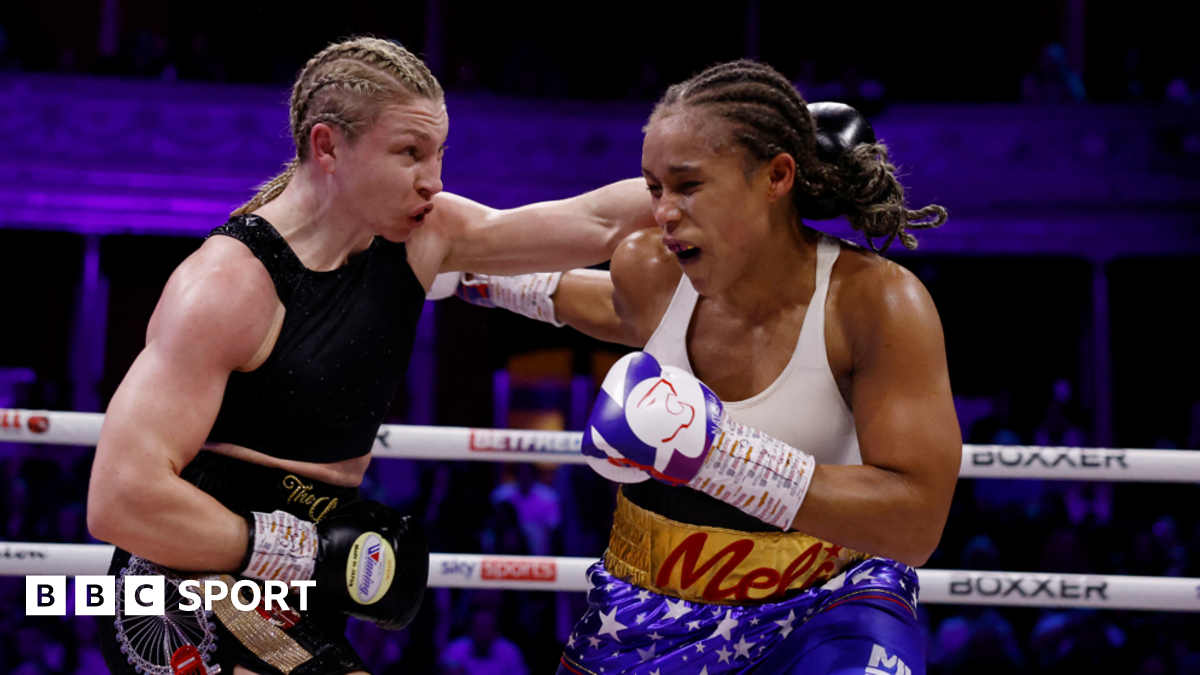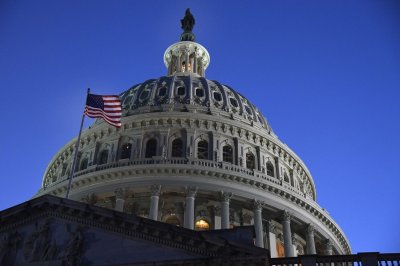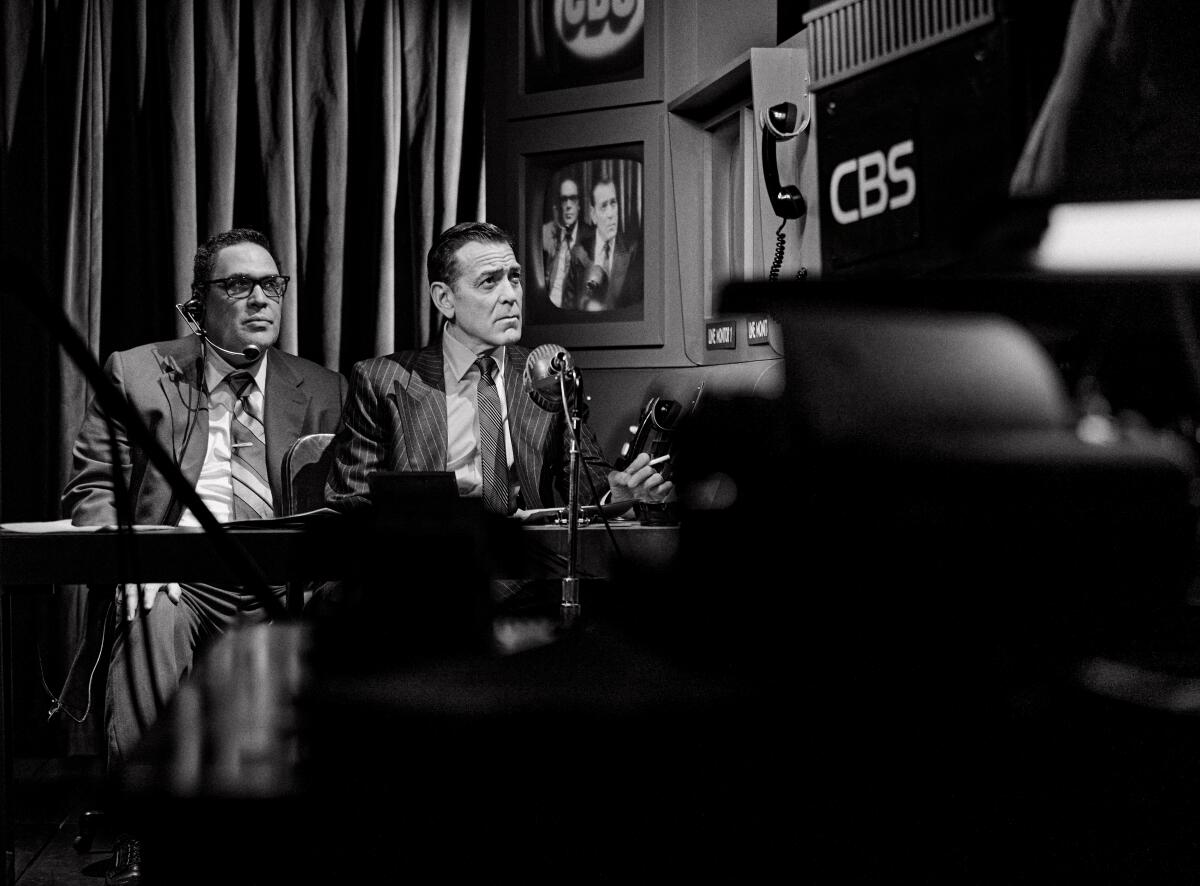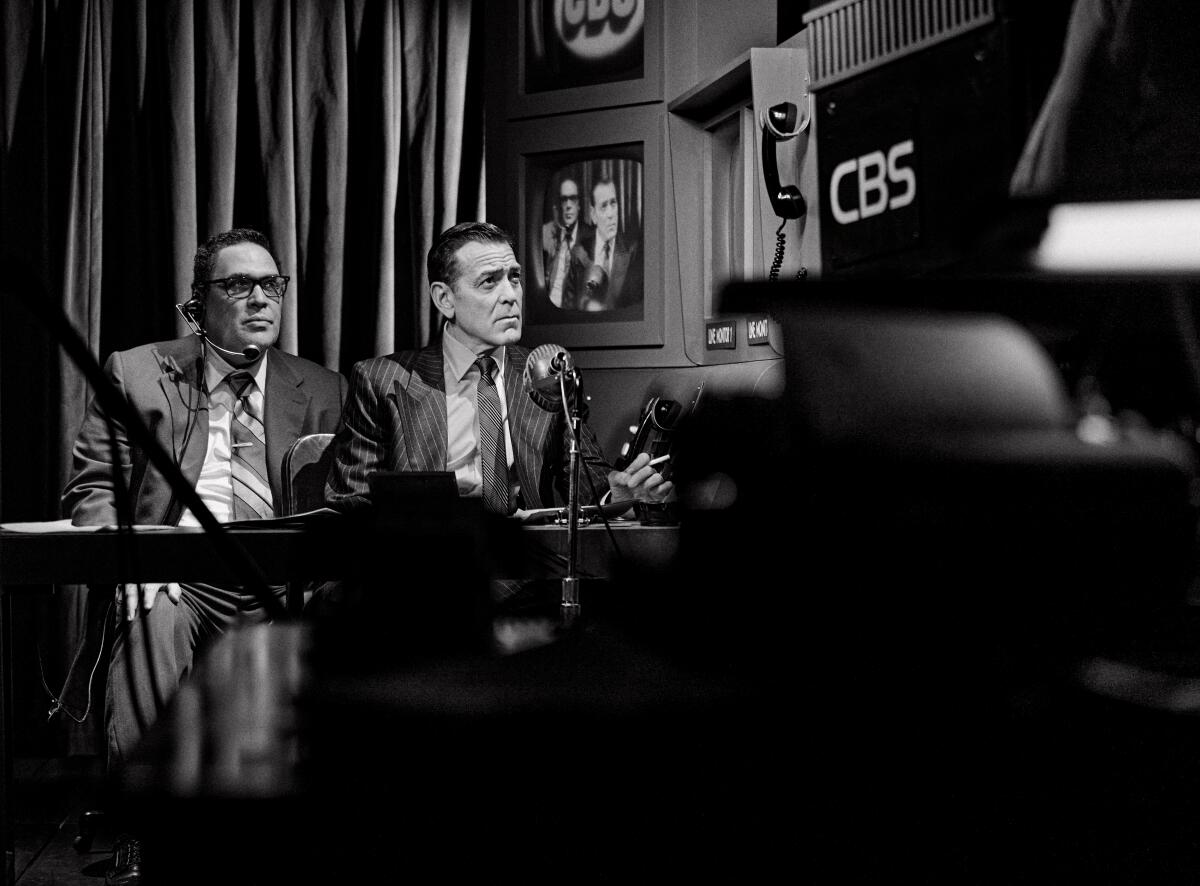Trump, Carr push boundaries of broadcast law, FCC authority
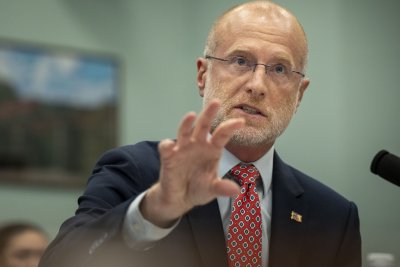
Sept. 24 (UPI) — The FCC is prohibited from influencing network content but Chairman Brendan Carr and President Donald Trump have used pressure campaigns on ABC and others to test those limits.
The Trump administration’s attempt to push Jimmy Kimmel Live! off the air worked, briefly. While consumer backlash convinced Disney and ABC to reverse course, the alarm has been sounded over the weaponization of federal authority to suppress free speech.
Kimmel returned to ABC on Tuesday, lamenting the importance of standing up for free speech in his opening monologue, calling attempts to take shows like his off the air for sharing dissenting opinions “un-American.”
“Ten years ago this sounded crazy: Brendan Carr, the chairman of the FCC, telling an American company ‘We can do this the easy way or the hard way,’ and ‘These companies can find ways to change conduct and take action on Kimmel or there’s going to be additional work for the FCC ahead,'” Kimmel said. “In addition to being a direct violation of the First Amendment, it is not a particularly intelligent threat to be made in public.”
Section 326 of the Communications Act states that the commission cannot interfere with the right to exercise free speech.
Former FCC Commissioner Tom Wheeler, who served during the Obama administration, told UPI Carr is bringing the commission into “uncharted territory.”
“The FCC is approaching 100 years old,” Wheeler said. “Over that period, one of its primary purposes has been to make sure when it comes to broadcasters using the people’s airwaves that there is a diversity of voices and a diversity of ownership.”
“That’s something that has held true until today, when we see the chairman of the FCC attempting to influence what people hear and we hear the president of the United States saying that he wants to consider yanking the broadcast licenses for those who don’t agree with him,” he continued.
One of the FCC’s chief responsibilities is licensing. It is responsible for ensuring that licenses are distributed and used in the public’s interest, convenience and necessity. The statute does not go on to define what public interest means, leaving it up to the heads of the FCC to determine this over the years.
Throughout its history, according to Wheeler, FCC chairmen have taken seriously the importance of fulfilling their duties in a neutral and independent way.
The FCC operations manual refers to Section 326 of the Communications Act and the First Amendment, stating that both “expressly prohibit the commission from censoring broadcast matter. Our role in overseeing program content is very limited.”
“Those are pretty explicit,” Wheeler said of the First Amendment and Section 326. “The public interest definition ought to presumably fall within the four corners of those kinds of descriptions.”
The FCC’s role in overseeing content may be limited, as its manual acknowledges, but it still has influence.
Networks are required to renew their licenses every eight years. This applies to all networks, including major networks like ABC and local companies.
The FCC must also approve the transfer of licenses when companies merge. For example, when Disney bought ABC, the ownership of its licenses needed to reflect this transfer of ownership. This is also true for companies like Sinclair and Nexstar purchasing local networks.
Nexstar has an agreement in place to purchase Tegna for $6.2 billion. If the deal is approved, Nexstar would own 265 stations in 44 states and the District of Columbia, including 132 of the top 210 TV markets in the country, expanding its reach to 80% of U.S. households.
The FCC has a 39% cap on how many households a network group can reach. It is called the National Television Ownership rule and its purpose is to maintain diversity, competition and localism by preventing a small number of companies from controlling the airwaves.
In June, the FCC Media Bureau filed a public notice that it seeks new public comments to refresh the record on television network ownership rules. It is looking for input on whether it should retain, modify or eliminate the 39% cap on network ownership. It last did this in 2017.
“The FCC has an economic lever over those that it regulates,” Wheeler said. “There’s economic leverage that Brendan Carr has been very successful in playing up.”
Nexstar owns 32 ABC affiliate networks and Sinclair owns more than 30. Both announced Tuesday that they will not air Jimmy Kimmel Live! despite ABC electing to bring it back.
The licenses held by networks permit them to use the public’s airwaves to broadcast content. It does not give them ownership of those airwaves. They belong to the public.
The licensing renewal process is usually straightforward and without much controversy, Gigi Sohn, Benton Institute senior fellow and public advocate, told UPI.
“Throughout almost the entire history of the FCC there has been one time and one time only that the FCC has denied a license renewal based on the content of programming,” Sohn said. “That was in the ’60s when a Mississippi radio and TV station refused to run any news program or any program of any kind about the Civil Rights movement and instead ran racist programming.”
Sohn added that the FCC, in that instance, did not tell the station it could not run one program and had to run another or had to change how it edited its programs. Instead, it determined the station was not serving the public interest because it was not giving its audience access to all the information related to the stories it was broadcasting.
“That is something that the FCC has the right to do when it looks at the overall programming of a broadcaster,” Sohn said. “What it doesn’t have the right to do is bully a network — into dropping one program because he made a joke about, not even about the president, not about Charlie Kirk, but about the way the president’s followers were reacting to the Kirk murder.”
After Jimmy Kimmel’s comments on his late-night show about the late Charlie Kirk, the FCC chairman threatened to take action against ABC and parent company Disney. Media companies Nexstar and Sinclair quickly followed with statements that were critical of Kimmel’s comments.
Within hours of Carr’s threats, ABC announced Jimmy Kimmel Live! would be preempted indefinitely.
According to Sohn and Wheeler, Carr wielded his regulatory power in this instance to influence ABC to remove Kimmel’s show from the airwaves due to his longtime criticism of the president. They add that it is not the first time Carr has done something like this since becoming chairman earlier this year.
A pending merger between Skydance and Paramount remained under scrutiny by Carr and the FCC for months before being approved in July. During the hold up, Carr investigated CBS News over its editorial decisions.
Trump meanwhile had an open lawsuit against CBS, seeking $20 billion over allegations that 60 Minutes edited an interview with former presidential candidate Kamala Harris in a way that was favorable to her and her candidacy. On July 2, it was reported that Paramount Global, the parent company of CBS, settled with Trump for $16 million.
The FCC approved the Skydance-Paramount merger on July 24. As conditions of the merger, Skydance agreed to Carr’s demands that the company will end or not establish any diversity, equity and inclusion policies.
It also agreed to hire an ombudsman to oversee CBS News editorial decisions. The ombudsman, Kenneth Weinstein, is the former president and CEO of conservative think tank the Hudson Institute.
Harold Feld, senior vice president of Public Knowledge, told UPI a bad precedent is being set by networks like ABC and CBS as they give into pressure from the FCC and the president.
“Not only does it show the administration that these guys are going to cave and therefore we can keep pushing them, but it also means we won’t get coverage when the administration does this to other companies,” Feld said. “If the news has been cowed into submission it means the administration is free to do this to anyone and nobody will find out about it.”
Former FCC Commissioner Anna M. Gomez issued a statement after the suspension of Kimmel’s program was reinstated.
“As this FCC considers steps that would let the same billion-dollar media conglomerates that caved in to government pressure grow even bigger, we must combat these efforts to stifle free expression,” Gomez said.
.

